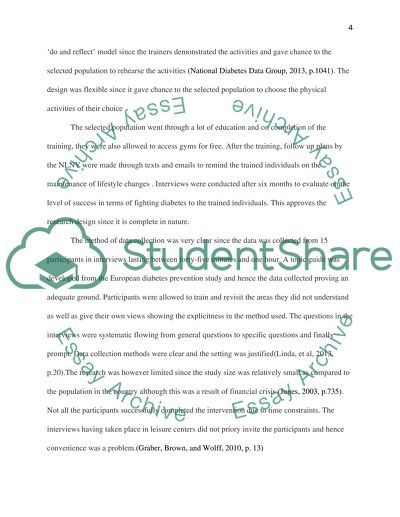Cite this document
(“Critical appraisal of a public health research article Assignment”, n.d.)
Critical appraisal of a public health research article Assignment. Retrieved from https://studentshare.org/health-sciences-medicine/1634223-critical-appraisal-of-a-public-health-research-article
Critical appraisal of a public health research article Assignment. Retrieved from https://studentshare.org/health-sciences-medicine/1634223-critical-appraisal-of-a-public-health-research-article
(Critical Appraisal of a Public Health Research Article Assignment)
Critical Appraisal of a Public Health Research Article Assignment. https://studentshare.org/health-sciences-medicine/1634223-critical-appraisal-of-a-public-health-research-article.
Critical Appraisal of a Public Health Research Article Assignment. https://studentshare.org/health-sciences-medicine/1634223-critical-appraisal-of-a-public-health-research-article.
“Critical Appraisal of a Public Health Research Article Assignment”, n.d. https://studentshare.org/health-sciences-medicine/1634223-critical-appraisal-of-a-public-health-research-article.


